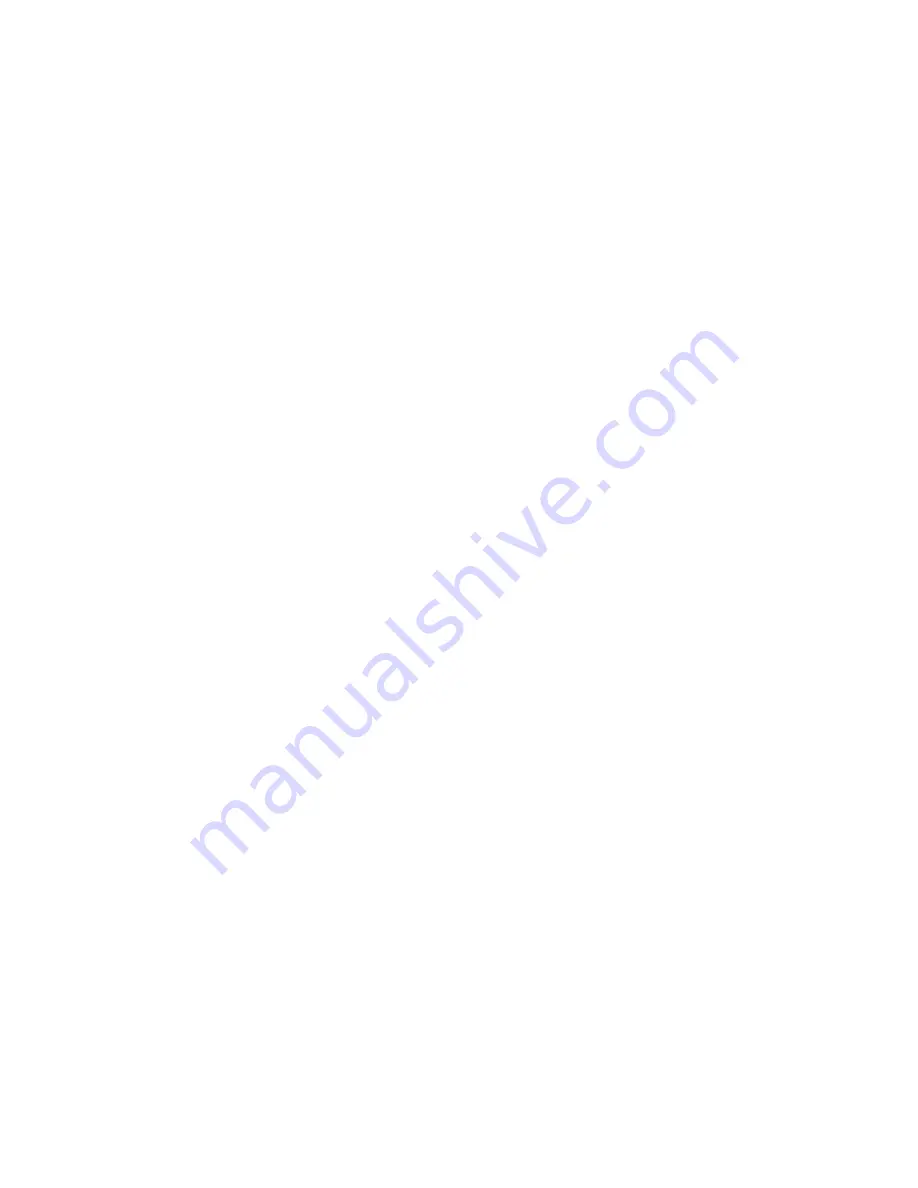
Brightness is a multiplier, so a value of 1.0 makes no change. If you specify 0.5, the brightness
of the image is reduced by half.
5
To reverse the image, click Invert.
For an image that defines a color, Invert reverses the light and dark colors in the image. For an
image that defines a texture, Invert reverses the high and low points of the texture pattern.
6
For texture properties, such as Finish Bumps and Bump Pattern, specify a value for Amount.
This value specifies the amplitude of surface irregularities. Enter 0 to make the surface flat. Enter
higher values to increase the depth of the surface irregularities.
Best Practices for Render Appearances
When modifying or creating render appearances for materials, consider the following strategies:
Start with something similar
To create a render appearance, first find an existing material and render appearance that are as close as
possible to the new material and render appearance. For example, the existing render appearance should
have the same class as the new render appearance. It should also have many properties that are the same as
or similar to the new render appearance. This strategy reduces the amount of work you must perform to
define the new render appearance. It also increases the likelihood that the new render appearance will
perform as expected.
Glass, glazing, and mirrors
Revit Architecture provides the following render appearances for glass-like materials:
■
Glazing
: Use a glazing render appearance for windows, curtain walls, and other objects that require flat
sheets of thin glass. These render appearances include the word glazing in their names and keywords.
■
Glass
: Use a glass render appearance for objects made of glass, such as vases and pitchers. For a solid glass
block, use the render appearance named Glass Block.
■
Mirrors
: Depending on your needs, you can either use a mirror render appearance, or use a glazing or
glass render appearance and specify a high Reflectance value.
To see these render appearances, in the
Render Appearance Library
, for Class, select Glass.
Textures and bump maps
To specify a texture or bump map for a material, use a photo or a drawing. Revit Architecture uses the image
to define the surface to give it texture. See
Specifying an Image File for a Render Appearance
on page 476.
Tileable textures
If you want to make your own texture that can be repeated like a tile (a tileable texture), take a high quality
photograph of the material. Use this photograph to make it a tileable texture. (You can do this using a
product like Adobe
®
Photoshop
®
, or use an application that is designed specifically for creating tileable
textures.) Then specify this image file for the texture or bump pattern of the material. Specify the sample
size so that it displays in the building model using the correct proportions.
Changing the Render Appearance of a Material | 477
Summary of Contents for 24000-000000-9860 - Revit Architecture - PC
Page 1: ...Revit Architecture 2009 User s Guide April 2008 240A1 050000 PM02A ...
Page 4: ......
Page 56: ...18 ...
Page 116: ...78 Chapter 3 Revit Essentials ...
Page 172: ...134 Chapter 4 ProjectViews ...
Page 178: ...Schedule with Grid Lines Schedule with Grid Lines and an Outline 140 Chapter 4 ProjectViews ...
Page 554: ...516 ...
Page 739: ...Curtain wall Curtain Grid Curtain Walls Curtain Grids and Mullions 701 ...
Page 1004: ...966 ...
Page 1136: ...1098 ...
Page 1226: ...1188 ...
Page 1250: ...1212 ...
Page 1276: ...1238 Chapter 20 Design Options ...
Page 1310: ...1272 ...
Page 1366: ...1328 ...
Page 1406: ...1368 ...
















































